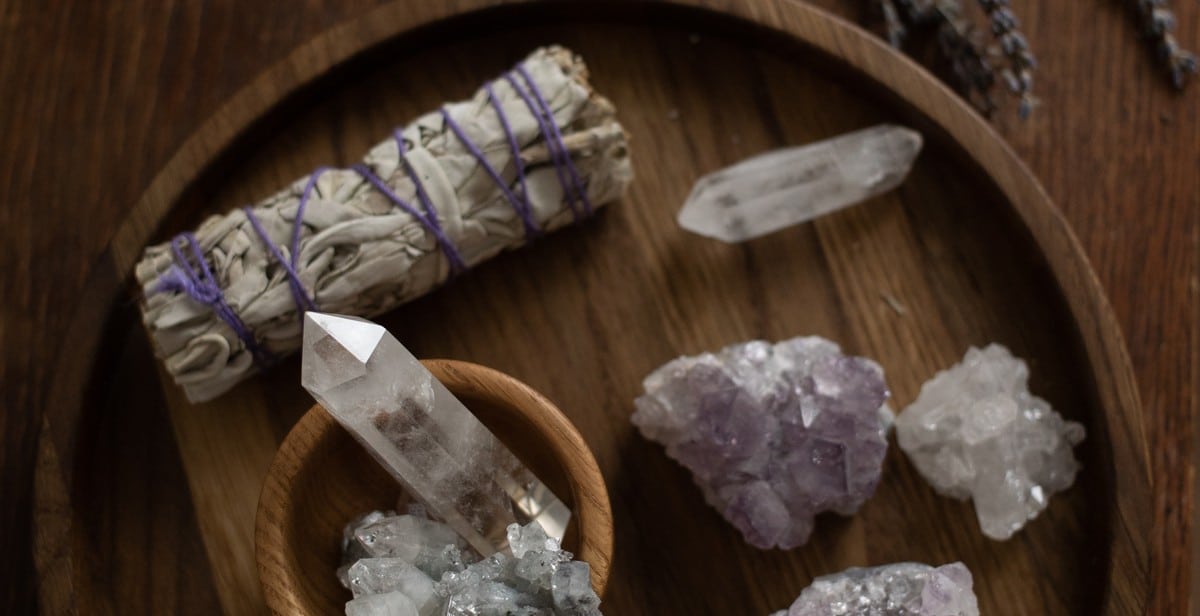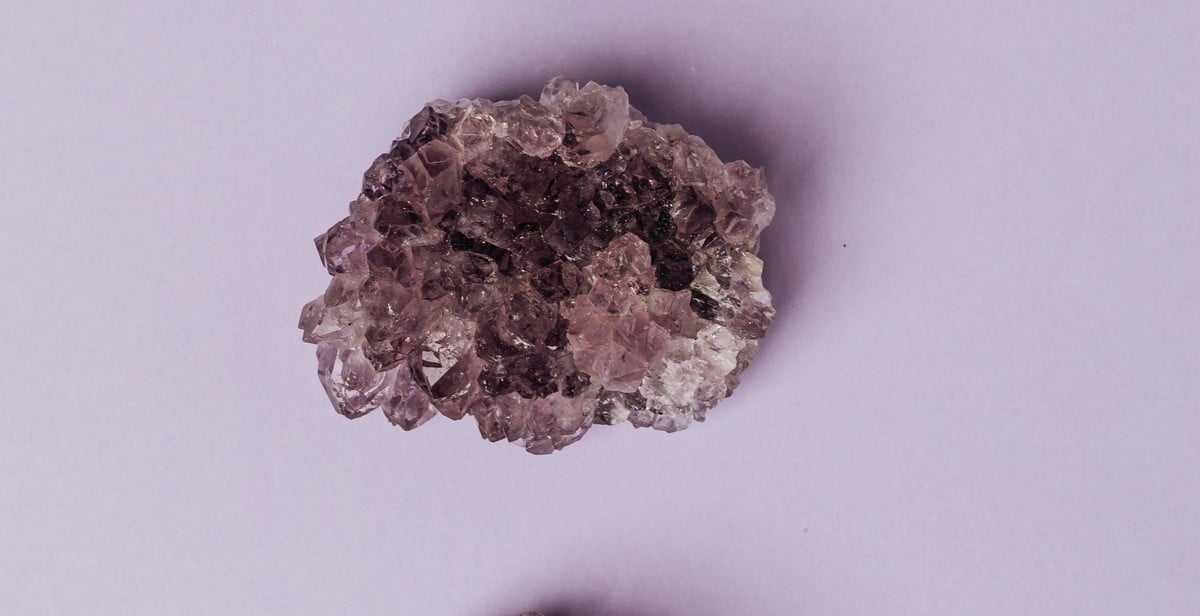Is there Real Value in Gem Stones or is it all Marketing?
Gemstones have long been regarded as objects of beauty and luxury. From the ancient Egyptians to modern-day celebrities, people have been fascinated by the sparkle and allure of gemstones. However, as with any luxury item, there are questions about the real value of gemstones. Are they truly worth the high price tags, or is it all just marketing hype?
One of the main factors that determine the value of a gemstone is its rarity. The rarer a gemstone is, the more valuable it becomes. Some of the rarest gemstones in the world include diamonds, emeralds, and sapphires. However, rarity is not the only factor that determines the value of a gemstone. Other factors include the quality of the stone, its color, and its cut.
Another factor that plays a significant role in the value of gemstones is their cultural significance. For example, diamonds have long been associated with love and commitment, making them a popular choice for engagement rings. Similarly, rubies have been associated with passion and power, while emeralds have been associated with healing and protection.
Despite their high price tags, gemstones can be a worthwhile investment. However, it’s important to do your research and purchase from a reputable source to ensure that you’re getting a quality stone that will hold its value over time.

What are gemstones?
Gemstones are minerals or rocks that are cut and polished to be used in jewelry or other decorative items. These stones are prized for their beauty, rarity, and durability. Gemstones are often used in high-end jewelry and can be quite valuable.
Types of gemstones
There are many different types of gemstones, each with its own unique characteristics and properties. Here are some of the most popular types of gemstones:
- Diamonds: Diamonds are the most well-known and highly prized gemstones. They are known for their brilliance and durability, and are often used in engagement rings and other high-end jewelry.
- Rubies: Rubies are known for their intense red color and are considered one of the most valuable gemstones in the world.
- Sapphires: Sapphires come in a variety of colors, but are most commonly associated with a deep blue color. They are highly valued for their beauty and durability.
- Emeralds: Emeralds are known for their deep green color and are highly prized for their rarity and beauty.
- Topaz: Topaz comes in a variety of colors, but is most commonly associated with a golden yellow color. It is highly valued for its beauty and durability.
- Amethyst: Amethyst is a purple-colored gemstone that is highly valued for its beauty and affordability.
There are also many other types of gemstones, including aquamarine, garnet, opal, and pearl, among others.
Conclusion
Gemstones are highly prized for their beauty, rarity, and durability. There are many different types of gemstones, each with its own unique properties and characteristics. Whether you are buying a piece of jewelry for yourself or as a gift for someone else, gemstones are a great choice for adding a touch of luxury and elegance.

The Value of Gemstones
Gemstones have been treasured for centuries for their beauty and rarity. However, the value of a gemstone is determined by a variety of factors, including rarity, color, and treatment. In this section, we will explore the factors that determine the value of gemstones.
The Importance of Rarity
Rarity is one of the most important factors that determine the value of a gemstone. The rarer the gemstone, the more valuable it is. For example, diamonds are one of the rarest gemstones in the world, which is why they are so valuable. Other rare gemstones include alexandrite, emerald, and sapphire.
The Significance of Color in Gemstones
The color of a gemstone also plays a significant role in its value. Some gemstones, such as diamonds, are valued for their lack of color, while others, such as rubies and emeralds, are valued for their rich, vibrant hues. The more intense and saturated the color, the more valuable the gemstone.
The Impact of Treatments and Enhancements on Gemstone Value
Treatments and enhancements can also affect the value of a gemstone. Some treatments, such as heat treatment, can enhance the color and clarity of a gemstone, making it more valuable. However, other treatments, such as dyeing or irradiation, can significantly reduce the value of a gemstone.
| Treatment/Enhancement | Effect on Gemstone Value |
|---|---|
| Heat Treatment | Can increase value |
| Dyeing | Significantly reduces value |
| Irradiation | Significantly reduces value |
| Fracture Filling | Can increase value |
In conclusion, the value of a gemstone is determined by a variety of factors, including rarity, color, and treatment. While rarity and color are important factors in determining value, treatments and enhancements can also impact a gemstone’s value. It’s important to understand these factors when purchasing or investing in gemstones.

The Marketing of Gemstones
Marketing plays a vital role in the value of gemstones. The demand for gemstones is often fueled by marketing campaigns that promote their rarity, beauty, and cultural significance. This creates a perception of value that drives up the price of gemstones, making them a valuable commodity.
How Gemstone Marketing Works
Gemstone marketing works by creating a perception of rarity, beauty, and cultural significance. This is done through various channels, including advertising, social media, and public relations. Gemstone companies often use celebrities and influencers to promote their products, as well as collaborations with designers and fashion brands to create exclusive collections.
Marketing also plays a role in the distribution and pricing of gemstones. Gemstone companies often use market research to determine the demand for specific gemstones and adjust their pricing accordingly. They also use marketing to create a perception of exclusivity, making their products more desirable to consumers.
The Role of Branding in Gemstone Marketing
Branding is an essential aspect of gemstone marketing. Gemstone companies often create a brand image that reflects the qualities of their products. This can include the use of specific colors, logos, and packaging to create a unique and recognizable brand identity.
Branding also helps to differentiate gemstone companies from their competitors. By creating a strong brand image, companies can establish themselves as leaders in the industry and build a loyal customer base. This can lead to increased sales and higher prices for their products.
The Influence of Marketing on Gemstone Value
The influence of marketing on gemstone value cannot be overstated. Marketing campaigns can create a perception of value that drives up the price of gemstones, making them more valuable. This is particularly true for rare and exotic gemstones, which are often marketed as highly desirable and exclusive.
Marketing can also have a negative impact on gemstone value. If a marketing campaign is perceived as misleading or dishonest, it can damage the reputation of the gemstone company and decrease the value of their products.
| Pros | Cons |
|---|---|
| Marketing campaigns can increase the value of gemstones | Marketing can have a negative impact on gemstone value if it is perceived as misleading or dishonest |
| Marketing can create a perception of exclusivity, making gemstones more desirable to consumers | Marketing can create a perception of value that is not based on the actual rarity or quality of the gemstone |
| Branding can help to establish gemstone companies as leaders in the industry | Marketing can be expensive and may not always lead to increased sales or higher prices for gemstones |

The Truth About Gemstone Value
Gemstones have been treasured for their beauty and rarity for centuries. However, the value of a gemstone is determined by several factors, including its rarity, color, clarity, and cut. While these factors are important, personal preference also plays a significant role in determining the value of a gemstone.
The Importance of Personal Preference
While some gemstones may be considered more valuable than others, personal preference is ultimately what determines the value of a gemstone to an individual. A gemstone that holds sentimental value, such as a family heirloom, may be worth more to someone than a rare gemstone that they have no emotional connection to.
The Role of Gemstones in History and Culture
Gemstones have played a significant role in history and culture, from being used as currency to being believed to possess healing powers. This cultural significance can also influence the value of a gemstone. For example, a gemstone that has been historically significant, such as the Hope Diamond, may be worth more due to its historical significance.
The Benefits of Owning Gemstones
Owning gemstones can provide several benefits, including their use in jewelry and as investments. Gemstones can also hold sentimental value and be passed down through generations as family heirlooms. Additionally, some gemstones, such as diamonds, have a high resale value, making them a valuable investment.
| Factors that determine gemstone value | Examples |
|---|---|
| Rarity | Diamonds, emeralds, rubies |
| Color | Sapphires, amethysts, tourmalines |
| Clarity | Diamonds, aquamarines, topazes |
| Cut | Round, princess, emerald cuts |
Overall, gemstones hold value for a variety of reasons, including their rarity, personal preference, cultural significance, and potential for investment. The value of a gemstone is ultimately subjective and can vary from person to person.

